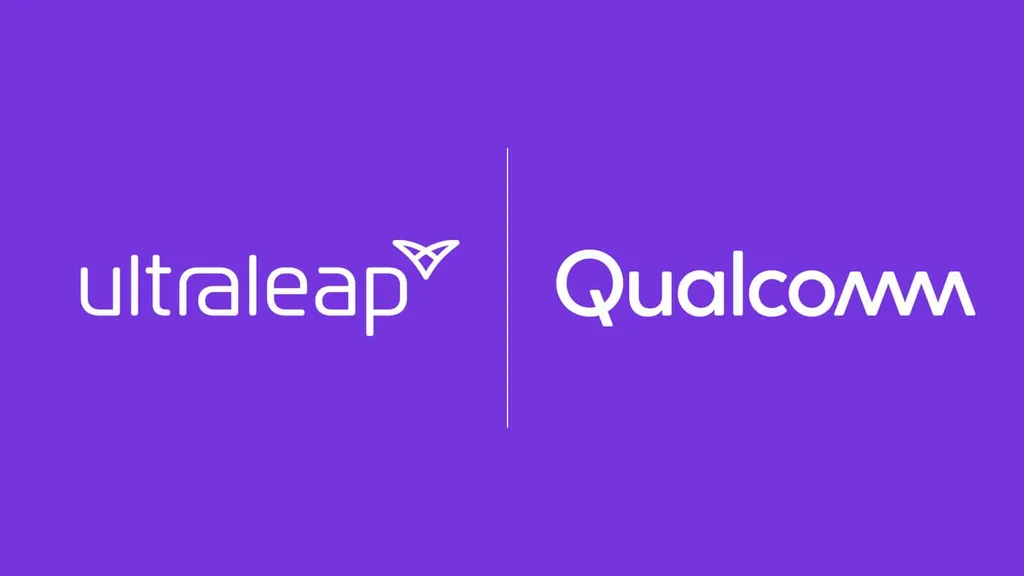Ultraleap and Qualcomm signed a multi-year agreement that will see Ultraleap’s hand tracking technology integrated into the Snapdragon XR2 5G reference design.
The XR reference design for these Qualcomm’s chips exists to show what’s possible with the processor and its integrated technology. Qualcomm processors have been used in the Oculus Quest and now-discontinued Oculus Go headsets, and are likely to be the go-to option for most manufacturers looking to produce a standalone, mobile VR headset.
Here’s an excerpt from Ultraleap on the announcement:
Ultraleap’s fifth generation hand tracking platform, known as Gemini, will be pre-integrated and optimised on the standalone, untethered Snapdragon XR2 5G reference design, signalling a significant step change for the XR space. The Gemini platform delivers the fastest, most accurate and most robust hand tracking and will provide the most open and accessible platform for developers.
The inclusion of Ultraleap’s Gemini hand tracking platform into the reference design for the new Qualcomm chips could provide would-be Quest competitors with a viable method to integrate hand tracking technology into a similar standalone headset experience.
Hand tracking offers a route for interaction with VR content that could conceivably unlock more natural social interactions between VR headsets. Last year, Oculus Quest launched native hand tracking support which can be adopted by developers into their own apps. Ultraleap’s hand tracking technology — formerly known as Leap Motion — has been used for years by VR developers exploring the cutting edge of interaction design.
“The compatibility of our technology with the Snapdragon XR2 5G Platform will make the process of designing hand tracking within a very wide variety of products as simple as pick and place,” said Steve Cliffe, CEO of Ultraleap, in a prepared statement.




























